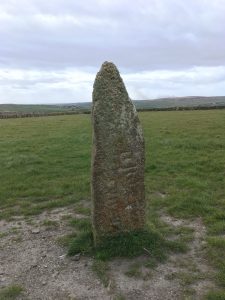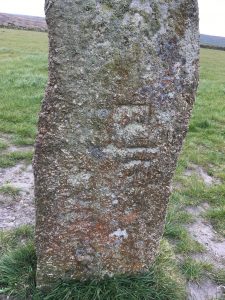
Highlights: Heritage, Monument, Granite
Location: SW 4269 3530
What’s nearby: Lanyon Quoit, Mên an Tol, Nine Maidens Stone Circle, Ding Dong Mine
Conservation: Area of Outstanding Natural Beauty (AONB), Scheduled Monument, National Trust
Mên Scryfa is an inscribed standing stone (a menhir) found in Penwith, west Cornwall, constructed from porphyritic biotite mica granite.
Further Reading & References

